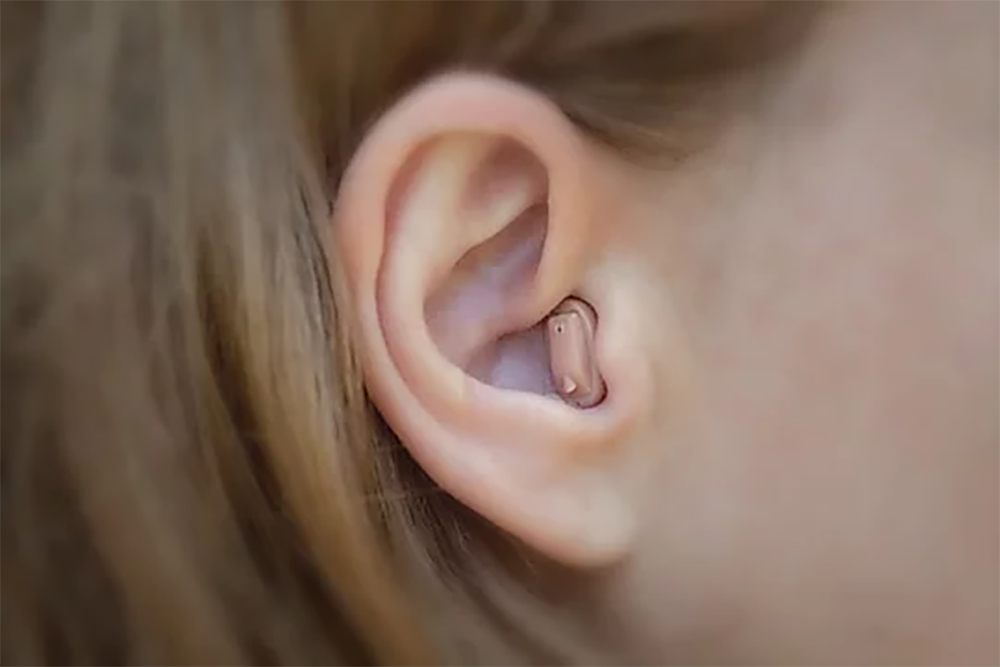Modern Hearing Aids for Everyday Comfort
Hearing aids have come a long way from the bulky, uncomfortable devices of the past. Today's modern hearing aids are designed with everyday comfort and functionality in mind, offering users a seamless listening experience in various environments. These advanced devices not only amplify sound but also adapt to different acoustic situations, providing personalized hearing support tailored to individual needs.

How do hearing aids adapt to noisy environments?
Modern hearing aids are equipped with sophisticated technology that allows them to adapt to noisy environments automatically. Using directional microphones and advanced sound processing algorithms, these devices can identify and prioritize speech while reducing background noise. When a user enters a crowded restaurant or a busy street, the hearing aid’s noise reduction feature activates, focusing on the sounds that matter most.
Many contemporary hearing aids also utilize artificial intelligence and machine learning to continuously analyze the acoustic environment. This enables them to make real-time adjustments to sound processing, ensuring optimal clarity and comfort in various listening situations. Some models even incorporate motion sensors that detect when the wearer is moving, automatically adjusting settings to maintain sound quality during activities like walking or exercising.
What are the benefits of personalized fitting and adjustment?
Personalized fitting and adjustment are crucial aspects of modern hearing aid technology, offering numerous benefits to users. A properly fitted and adjusted hearing aid ensures maximum comfort and effectiveness, leading to better overall hearing experiences and improved quality of life.
One of the primary advantages of personalized fitting is the ability to address an individual’s unique hearing loss profile. Audiologists use advanced diagnostic tools to create a detailed map of a person’s hearing capabilities across different frequencies. This information is then used to program the hearing aid, ensuring that it amplifies specific frequencies where hearing loss is most pronounced while leaving other frequencies unaltered.
Adjustment capabilities allow users to fine-tune their devices for different listening environments. Many modern hearing aids come with smartphone apps that enable wearers to adjust volume, bass, treble, and other settings on the go. This level of control empowers users to optimize their hearing experience for various situations, from quiet conversations to loud concerts.
What are the future trends in hearing support technology?
The field of hearing support technology is rapidly evolving, with several exciting trends on the horizon. One of the most promising developments is the integration of artificial intelligence and machine learning into hearing aids. These technologies will enable devices to learn from user preferences and environmental patterns, automatically adjusting settings for optimal performance without manual intervention.
Another emerging trend is the expansion of connectivity features. Future hearing aids are likely to offer seamless integration with a wide range of smart devices, from smartphones and televisions to home automation systems. This increased connectivity will not only improve audio streaming capabilities but also enable hearing aids to serve as multifunctional communication hubs.
Miniaturization is another area of focus for hearing aid manufacturers. As components become smaller and more efficient, we can expect to see even more discreet and comfortable designs. Some researchers are exploring the potential of completely invisible hearing aids that can be worn deep within the ear canal for extended periods.
Advancements in battery technology are also shaping the future of hearing aids. Longer-lasting batteries and improved charging solutions, such as wireless charging and quick-charge capabilities, will enhance user convenience and reduce maintenance requirements.
How do modern hearing aids enhance everyday comfort?
Modern hearing aids are designed with user comfort as a top priority. Many devices now feature ergonomic designs that conform to the natural shape of the ear, reducing irritation and improving overall wearability. Manufacturers are using softer, more breathable materials that minimize skin contact and allow for better airflow, reducing moisture buildup and improving hygiene.
Additionally, advanced feedback cancellation systems in modern hearing aids eliminate the whistling sounds that were common in older models. This not only improves sound quality but also allows for a more open fit, reducing the occlusion effect – the sensation of one’s voice sounding muffled or hollow.
Some hearing aids now incorporate features like automatic volume control and sound smoothing, which help prevent sudden loud noises from causing discomfort. These features work in tandem with adaptive noise reduction to create a more natural and comfortable listening experience throughout the day.
What options are available for modern hearing aids?
Modern hearing aids come in a variety of styles and feature sets to suit different needs and preferences. Here’s an overview of some popular options:
| Style | Description | Key Features | Typical Price Range |
|---|---|---|---|
| Behind-the-Ear (BTE) | Sits behind the ear with a tube connecting to an earmold | Suitable for all degrees of hearing loss, easy to handle | $1,000 - $3,000 |
| Receiver-in-Canal (RIC) | Similar to BTE, but with the speaker in the ear canal | More discreet than BTE, less occlusion | $1,500 - $3,500 |
| In-the-Ear (ITE) | Custom-made to fit in the outer ear | Good for mild to severe hearing loss, easier to insert | $1,300 - $3,000 |
| Completely-in-Canal (CIC) | Fits deeply in the ear canal | Nearly invisible, good for mild to moderate hearing loss | $1,600 - $3,500 |
| Invisible-in-Canal (IIC) | Sits very deep in the ear canal | Completely invisible, suitable for mild to moderate hearing loss | $2,000 - $4,000 |
Prices, rates, or cost estimates mentioned in this article are based on the latest available information but may change over time. Independent research is advised before making financial decisions.
Modern hearing aids offer a range of features and styles to accommodate various needs and preferences. From discreet in-canal models to powerful behind-the-ear options, there’s a solution for nearly every type of hearing loss and lifestyle. As technology continues to advance, we can expect even more innovative and comfortable hearing solutions in the future, further improving the quality of life for those with hearing impairments.
This article is for informational purposes only and should not be considered medical advice. Please consult a qualified healthcare professional for personalized guidance and treatment.




